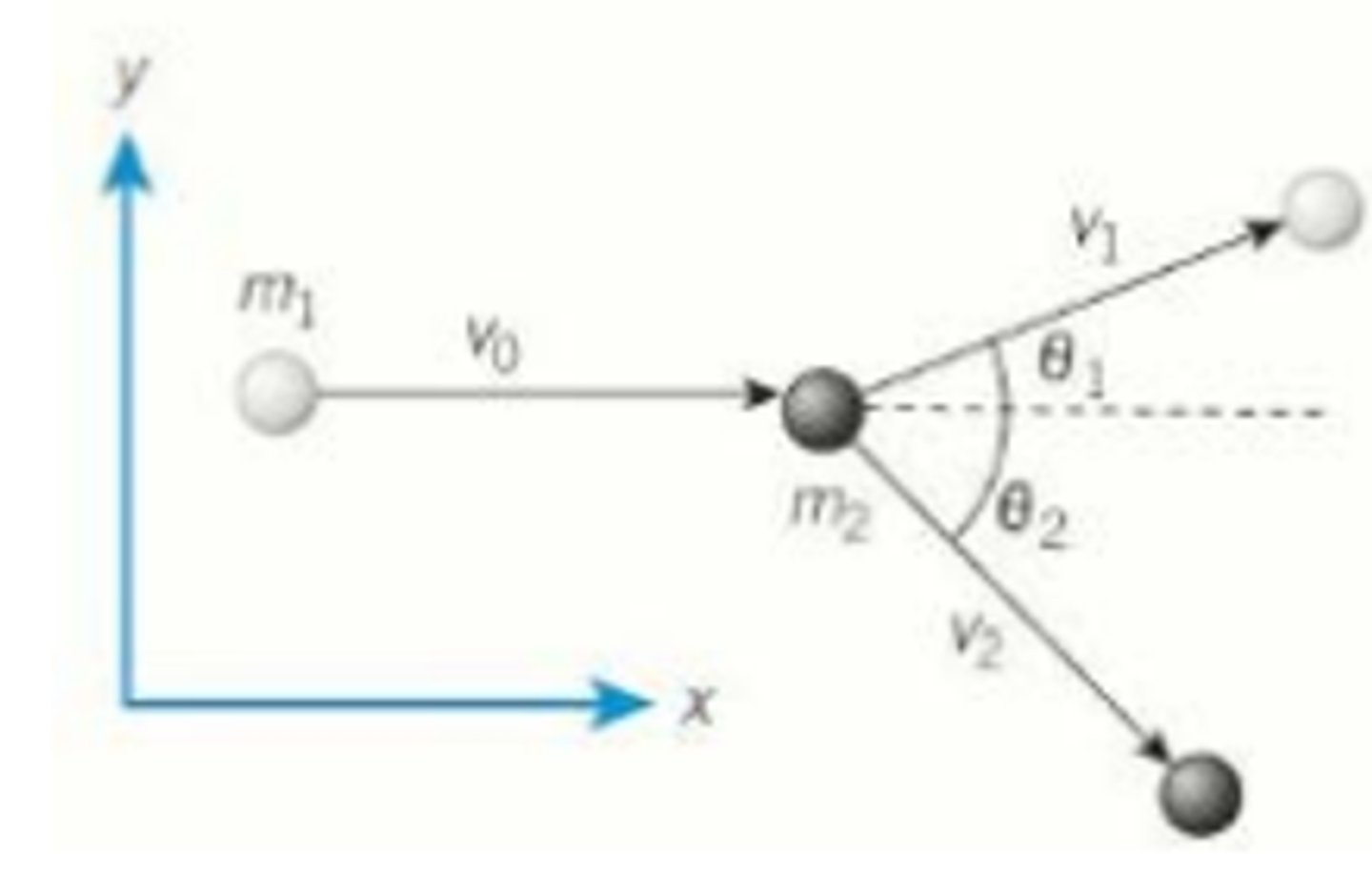StemUp: OCR A A level Physics 3.5: Newton’s laws of motion and momentum
1/14
There's no tags or description
Looks like no tags are added yet.
Name | Mastery | Learn | Test | Matching | Spaced |
|---|
No study sessions yet.
15 Terms
What is Newton's first law? (1)
This states that an object will remain at rest or continue to travel with constant velocity unless acted upon by a resultant force.
What is Newton's second law? (1)
This states that the net force acting on an object is directly proportional to the rate of change of momentum, and is acting in the same direction.
What is the equation for Newton's second law? (1)
This is given by: F = ∆p / ∆t ,the rate of change of momentum.
What is the special case for Newton's second law? (1)
When the mass is constant Newton's second law is given by F = ma.
What is Newton's third law? (1)
This states that when two objects interact, they exert equal and opposite forces on each other.
These forces are always of the same type, and have the same magnitude but they act on different objects, and in opposite directions.
What is meant by linear momentum? (2)
- This is defined as the product of the objects mass and its velocity. P = mv.
- It is a vector quantity so it has a direction.
What is the S.I. unit for momentum? (1)
The S.I. unit for momentum is kgms⁻¹
What is meant by impulse? (1)
The impulse is a measure of a change of momentum (with the same units as momentum) caused by a changing force.
What is the equation for impulse? (1)
The impulse of an object with a force (F) and in a given time interval is I = ∆t
How is impulse found from a force-time graph? (1)
The area under a force-time graph is equal to the impulse.
What is the principle of conservation of momentum? (2)
This states that the total momentum of a system of objects before a collision is equal to the total momentum of a system of objects after a collision providing no external forces are present.
How are the collisions of bodies in 1 dimension approached? (3)
- When two objects collide one must be travelling in the opposite direction with a negative velocity.
- Using the equation (from the principle of conservation of momentum) we can find:
m2u2 = m1v1 + m2v2.
- This equation can be used to find any unknowns.
How are the collisions of bodies in 2 dimensions approached? (4)
- The conservation of momentum still applies but the x and y directions must be analysed independently.
- For a situation that looks like the graph:
- The x-direction conservation of momentum is:
m1v0 = m1v1 cos θ1 + m2v2 cos θ2
- The y-direction conservation of momentum is (as there is no initial vertical momentum):
0 = m1 v1 sin θ1 + m2 v2 sin θ2

What is meant by a perfectly elastic collision? (2)
- The momentum is conserved in this collision.
- The total kinetic energy of the system will remain constant.
What is meant by an inelastic collision? (2)
- The momentum is conserved in this collision.
- Some of the kinetic energy of the system will be lost to other forms such as thermal and sound energy.